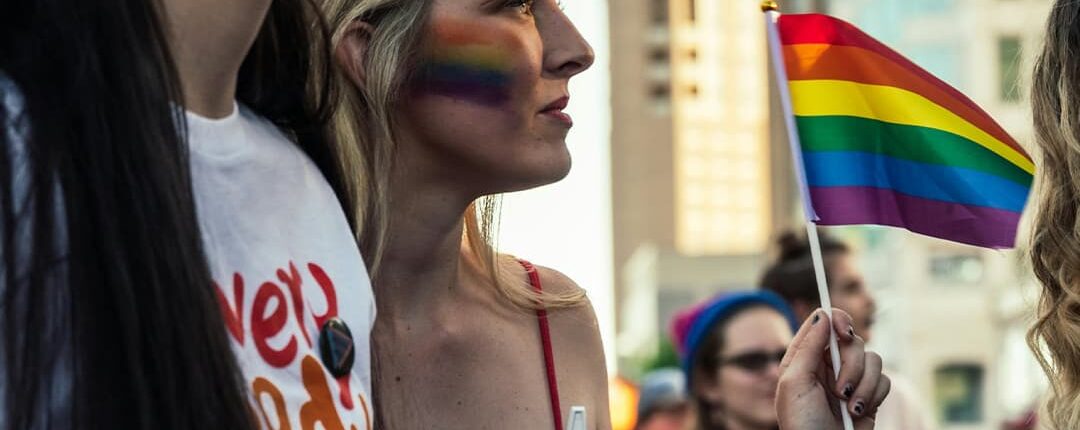On Saturday evening, June 24, 1978, participants in the first Mardi Gras march began to gather in Taylor Square in Sydney. This small group of people hoped to contribute to the celebrations taking place around the world and to express solidarity with international activists on the anniversary of the Stonewall Riots. They marched towards Hyde Park with inspirational banners, dancing and playing music symbolizing freedom when they were met by NSW police.
A permit had been issued for the march, but despite this the police began pushing the participants further down the street and confiscated their small sound system when they reached the park. The group continued towards the King’s Cross area, but at this point the police intervened and began making arrests. The ensuing police brutality made the night a crucial date for Sydney’s LGBTQI community and Australia’s cultural heritage as a whole, and set the stage for the first Mardi Gras festival.
Soon after, the Sydney Morning Herald newspaper published the names, occupations and addresses of all those arrested, causing many to lose their jobs, homes and families. In the months that followed, more protests took place and the authorities made more arrests in an attempt to suppress community activism.
By 1979, however, the New South Wales Parliament repealed the law authorizing arrests, and that year thousands of people marched along the route of the first parade without incident. Later, a party was added to the parade, and from the 1980s the event received more media coverage and support, and as a result it began to attract huge numbers of tourists from around the world and bring millions to the New South Wales economy.
Today, the Sydney Mardi Gras Festival is one of Australia’s most famous annual events. And in 2023, it will transform into the first ever World Pride Parade to be held in the Southern Hemisphere.
